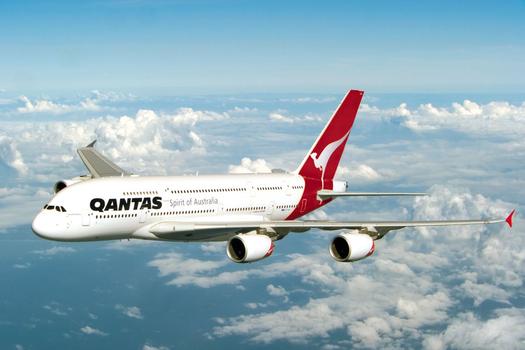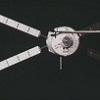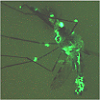Yet another plane crash, yet another airbus, but this time one survivor. Air travel is still a good idea though

But rather than get paranoid about the situation, lets take a breath, step back, and analyse what has happened. It?s a terribly sad event, of course, but air travel is still the safest mode of transport. Far safer than taking a car or bus.
There are a few tips that can make your journey a far more relaxing one. Firstly, book on a reputable airline and make sure you are travelling in a modern aircraft. Case in point is with the Yemenia crash. The airline is being investigated by the European Union, and this was even before the crash. Furthermore, the Airbus A310 isn?t the newest aircraft in the fleet (one of the oldest still in operation in fact). Combine those two facts together and the risks get higher. Having said that though, this A310 would have done thousands of flights prior to it?s crash without incident.
There have been plenty of reports lately of planes being hit by severe turbulence with injuries involved. The Qantas A330 from Hong Kong to Perth last week added to the already growing list that includes an Air Canada Boeing 777 from Sydney to Vancouver on April 24 this year. Turbulence happens, and there are areas more prone to it. There is nothing you can do to avoid it but if you are not keen on turbulence, try to book a flight on the largest plane possible. Most airlines will tell you what aircraft they are using before you book.
Bigger planes travel through turbulence far better than smaller ones. It?s a simple case of having more weight on your side. A good example is travelling to Los Angeles from Sydney. There is plenty of choice now, but all pass over an area known for turbulence around Honolulu (where the Air Canada flight had issues). Qantas sends its 747s and A380s down the route, while United uses 747s as well. These double decker, quad-engined planes laugh at (most) turbulence. Delta and V Australia use Boeing 777. These smaller, single deck, twin-engine planes (especially the shorter 777-200 variety that Delta will use) will feel turbulence slightly more. Not to mention the larger the plane the more spacious (generally) it feels.
Also note that many airlines flying in and out of Australia, including United, Qantas, Virgin Atlantic, V Australia, EVA Air and British Airways offer premium economy services. It?s a good way to get some more space on your flight without having to pay business class fares.
Enjoy your flight!
Finally, break the trip up. While it?s becoming fashionable to bight off as big a leg as you can possible chew, you?ll find it more comfortable to stop off for a night or just for a few hours on those longer journeys. Sydney to Vancouver is a 15-hour affair on a smaller Boeing 777-200. But you can break it down by flying via Tokyo or Honolulu for a similar price without adding too much additional time to your trip.
Popular Science has been a leading source of science, technology and gadget news since 1872. With up-to-the minute latest space news, insightful commentary on the new innovations and concept cars ...if it's new or future technology you'll find it at popsci.com.au.
WW Media - Popular Science © 2010
Gadgets - Cars - Science





